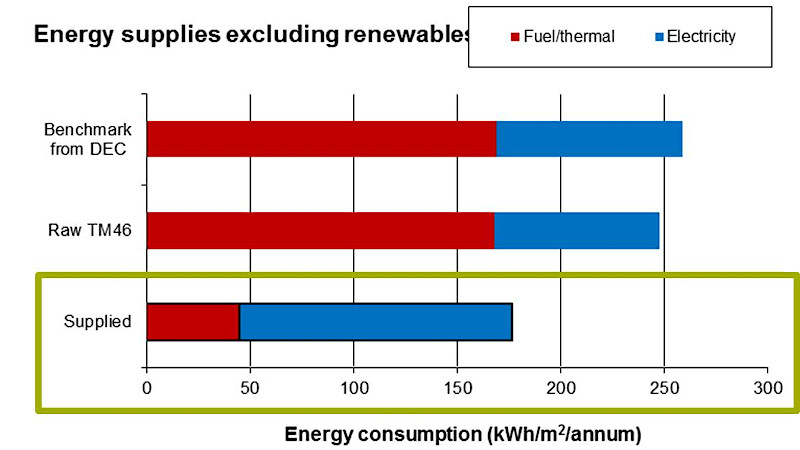The study of Crawley Library provides insights into the issues that emerge and lessons to be learned in relation to design, commissioning, handover and management of a low carbon public building.
Initial findings of the study reveal insufficient handover training and documentation, frequent change in FM staff, unintended space usage and usability issues of controls and windows. Constant monitoring and feedback is crucial for fine-tuning the building’s operation and achievement of its environmental and service delivery targets.
It is crucial that this approach is absorbed and carried over after the end of the study to ensure future fine tuning and trouble shooting.





